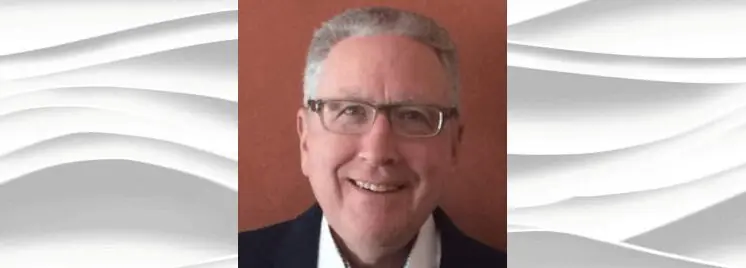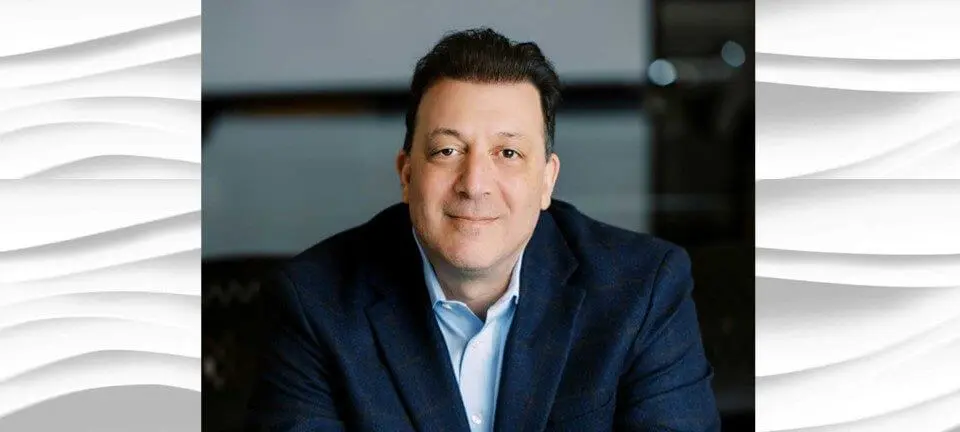Episode 80 – How a Founder of an HR Consulting Firm Escaped a Lifestyle Business
Scaling a boutique beyond a lifestyle business takes money and commitment. On this episode, Sue-Ellen Watts, Founder & Global CEO at Wattsnext Group, sheds light on how she embraced a lifestyle business to fund a new venture that she can grow and scale.










